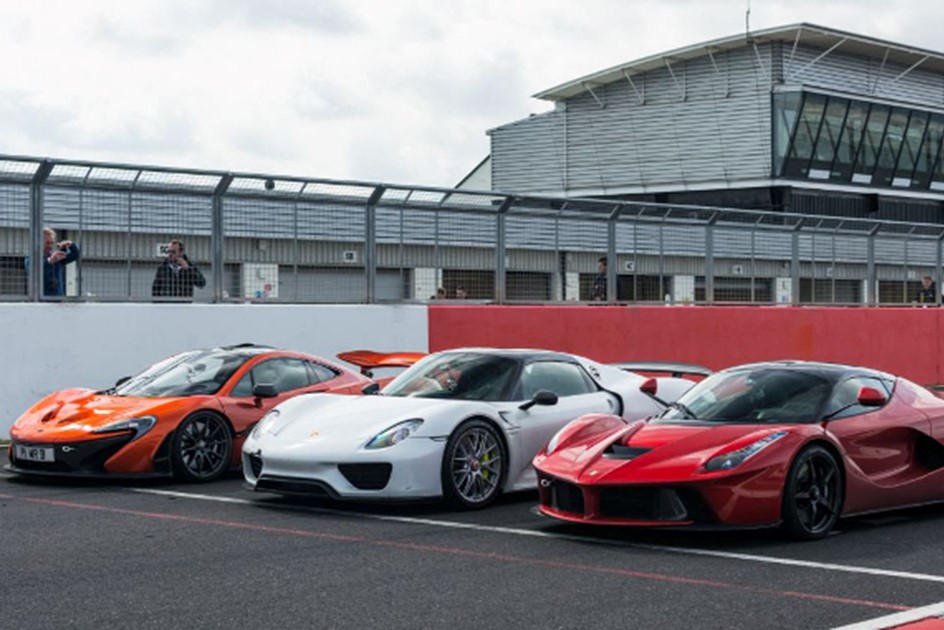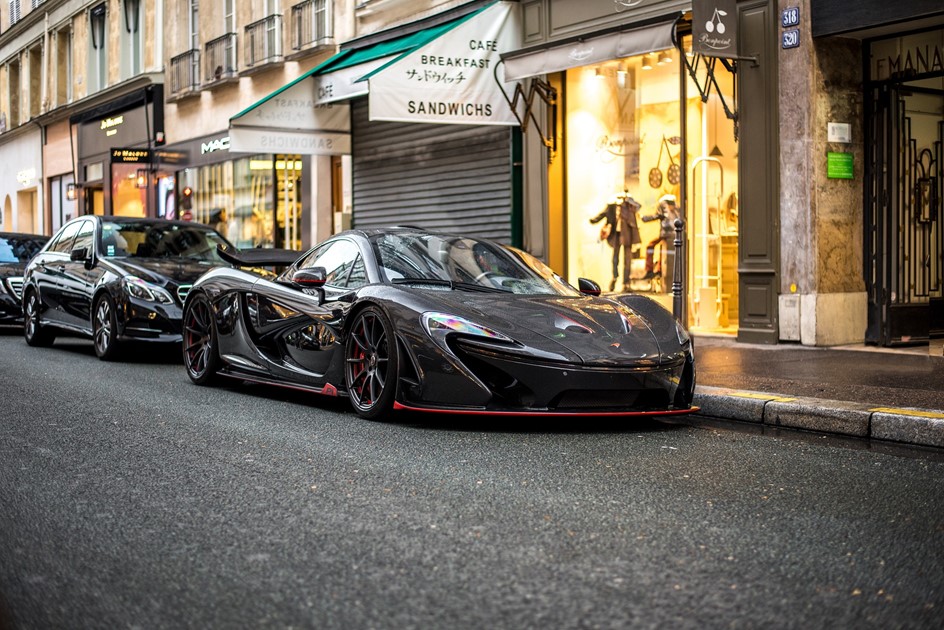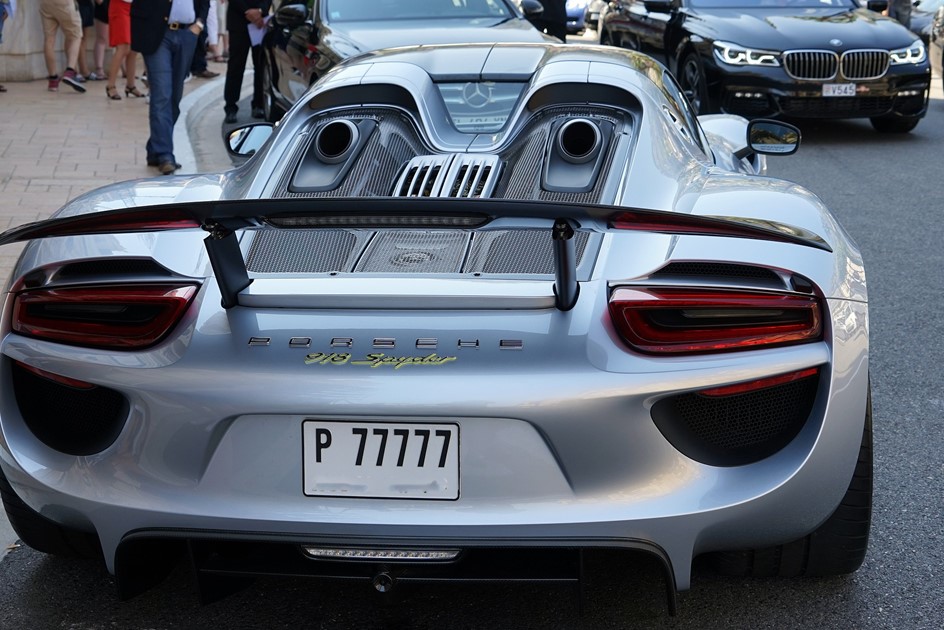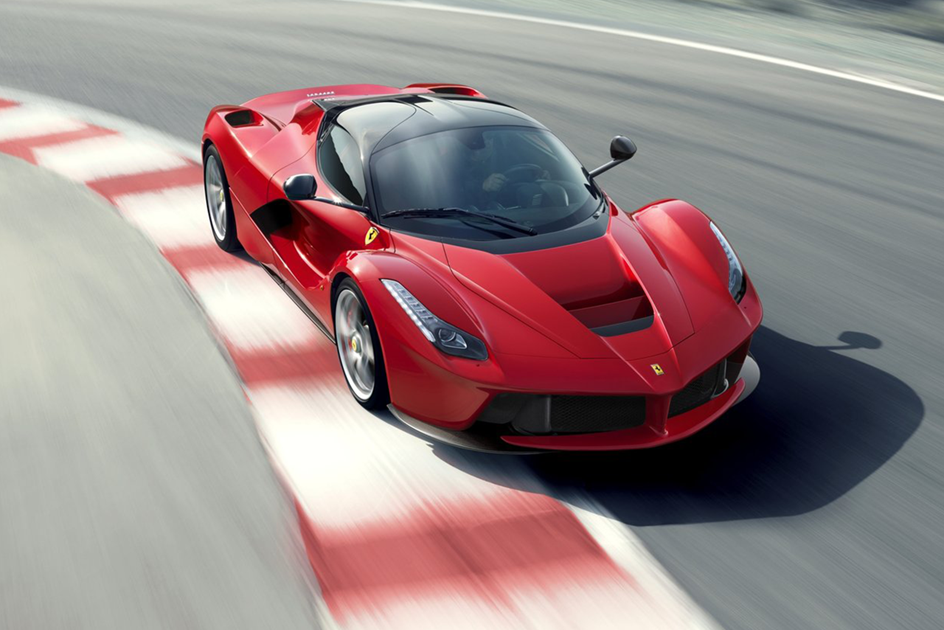The holy trinity of hypercars ten years on

It's hard to fathom the fact that the holy trinity first made headlines ten years ago. Few cars have made as significant a splash in the modern era and it's not difficult to see why. It wasn’t necessarily about making the fastest car in the world – that title belonged to the indomitable Bugatti Veyron Super Sport at the time and had done since 2010. No, this was an exercise in the name of technological boundary-pushing, utilising hybrid power units, active aerodynamic components and exotic materials in ways few had tried before.
It’s incredible to think that such a ‘stars aligning’ moment happened at all really, considering three of the world’s leading performance car manufacturers in Ferrari, McLaren and Porsche all released cars of similar performance levels in the space of five months. But the seemingly coordinated arrival of three hybrid-assisted hypercars was more than mere coincidence; as is often the case with innovative road car technology, the ever-present influence of motorsport was bringing about a ‘green’ revolution.
The introduction of KERS (Kinetic Energy Recovery System) for the 2009 Formula 1 season raised a few eyebrows in the paddock, namely that of two of the sport’s oldest teams, McLaren and Ferrari. The former tasked the brand’s skunk works division, McLaren Special Operations, with exploring the possibility of an appropriate road car application. Ferrari, similarly set about implementing the technology but into their pre-existing next ‘big five’ car project. Porsche on the other hand, arrived to the hybrid hypercar party via a very different route. Fellow VAG subsidiary Audi required assistance for the upcoming hybrid WEC regulations and so, engineers that were working on hybrid systems for efficiency’s sake on the Cayenne were drafted in to create a performance-enhancing system. They returned to Stuttgart with the idea for what would later become the 918.
Of course, each interpretation has an entirely different design philosophy but the trio are more similar than they’d like to admit. The Porsche for example utilises dual electric motors with one assisting the 4.5-litre V8 at the rear and the other powering the front wheels when necessary, but it was entirely usable as an EV with an, albeit modest, all-electric range of 12 miles. The Ferrari meanwhile, only directed its electric power to its rear wheels, bolstering its 6.3-litre V12 engine’s power output considerably. This was used purely to enhance the already exquisite involvement behind the wheel. The McLaren split the difference, using a single electric motor to fill any gaps in power delivery, but it could also be used in isolation for a six-mile jaunt around town.
Customer appetite for a somehow more accessible hypercar than the Veyron was immediately evident. At the time of unveiling, almost every single holy trinity car was already spoken for. All 375 McLaren P1s had been presold, each of the 499 LaFerrari was sold to invited customers only while the 918 examples from Porsche were split down the middle, half for select clients and half through a rigorous interview process.
An unrivalled trio
P1
The McLaren F1 of the modern age, although the British marque would never admit to that. Just like its spiritual predecessor, the P1’s insane stats (903bhp, 2.8 seconds 0-62mph and top speed of 217mph), visceral driving experience and ability to draw a crowd remain as prominent today as they were in 2013.
The British third of the trinity borrowed its basic underpinnings from the 12C, a twin-turbocharged V8 engine mounted within a carbon fibre monocoque, a recipe that has endured through McLaren’s offering ever since.
Hybrid power wasn’t the only F1 tech that was added to the P1, DRS (drag reduction system) was also used on the rear wing to improve top speed. Adjustable ride height was made possible by an active chassis system and hydropneumatic damping yielded other-worldly cornering capabilities. The track-focused P1 GTR followed in late 2015 as a celebration of the twentieth anniversary of McLaren’s 1995 24 Hours of Le Mans victory.

918
Despite the lowest price tag of the trio, the 918 arguably packs more technological punch than its hypercar contemporaries. A sense of refinement permeates the 918’s sleek bodywork that gives it an entirely different feel from the others.
On paper, the P1 has the Porsche beat in terms of overall speed and weight, but the 918 hits back with copious amounts of torque (390 lb-ft), mind-boggling traction (2.6 seconds 0-62mph) and a driveability that means driving it fast isn’t as overwhelming on the senses.
In large part, the 918 owes its performance to an exquisite, super-quick gearbox and race-derived 4.6-litre 887 bhp V8 engine. Such a power unit means that there may be a more refined cockpit and driving experience but its certainly not short on drama and an ear drum-shattering soundtrack.

LaFerrari
As you’d expect from a car literally labelled ‘The Ferrari’, this car is all about the drama and raw emotion that goes hand in hand with driving a car at the pinnacle of performance. Like the 288 GTO, F40, F50 and Enzo before it, LaFerrari is the ultimate expression of what a Ferrari can do at the time of production.
In a move many thought might never happen at Maranello, LaFerrari harnesses a hybrid 6.3-litre V12 power unit producing a combined 950bhp. That means a 0-62mph time in 2.9 seconds and a top speed of over 217mph. Like the McLaren and Porsche, it ain’t too shabby around a track either, lapping Fiorano five seconds faster than an Enzo.
Active aerodynamics plays a huge role in what makes LaFerrari so special. Both the front and rear diffusers, an underfloor venturi (like those seen on current F1 cars) and a rear spoiler combine to generate unholy amounts of downforce.

Investment
Initial off-the-shelf prices stood at £781,000 for the Porsche (£853,155 for the Weissach Package), £866,000 for the McLaren and over a million for the Ferrari. In the years that followed those prices jumped up considerably but ever since then values have remained largely unchanged.
It’s not all doom and gloom though, markets are largely stable for each car. There appear to be no immediate gains to be made but in the same vein, there are no apparent losses to be caught out by either.
LaFerrari on average are sat at around £2million but have reached as high as £3.3million while the McLarens have hovered around the £1million to £1.5million mark for the past few years. The 918 meanwhile, despite having double the cars in circulation, performs similarly to the P1 at somewhere between £1-1.5million.
Unsurprisingly then, it’s the LaFerrari that is the top performer. Of course, the initial RRP of over a million will be a factor in that but largely, it can be attributed to that je ne sais quoi that only the allure of the prancing horse can provide.

